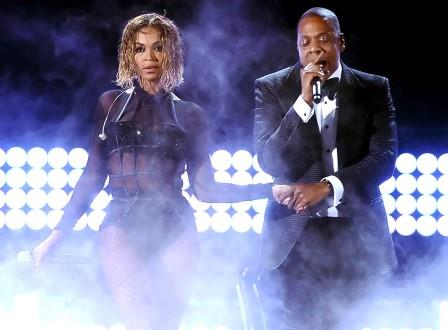03 Sep Meals on Wheels (along with everything else)

Alaska trade, Asian marine cargo traffic, downtown Seattle retailers and Pacific Northwest industrial firms all contribute to the hybrid freight mix in SODO. So do regional systems for fuel distribution and garbage disposal, along with heavy gauge railroad service, Sound Transit Light Rail, and two professional sports stadiums that are sites for concerts and conventions when not hosting more than 100 major league sporting events per year.
Just about the only thing lacking from the SODO freight landscape is a plan for managing it. But the City of Seattle is finally working on one.
So, give thanks for that and schedule September 23 to learn more about SODO transportation planning efforts at the next monthly meeting of the Manufacturing Industrial Council.
The MIC meeting will be held in Room C-122 in the Colin Education Hall in the southwest corner of the Georgetown Campus of South Seattle College. Enter the parking lot at 6737 Corson Avenue. RSVP to Tory Gering at tory@box2063.temp.domains or call 206-762-2470.
Guest speakers will include state Representatives Luis Moscoso and Matt Manweller, co-chairs of the “railroad caucus” for the Washington State Legislature. Moscoso, a Democrat from south Snohomish County, and Manweller, a Republican from Ellensburg, will talk about concerns that cross party lines in Olympia concerning the practical and political challenges of SODO freight.
Freight company representatives and local government staff will also provide updates about efforts to create a heavy haul corridor in north SODO.
The meeting will also include updates about research for the city’s first-ever freight strategic plan. Work on that project will continue over the coming year with Mayor Ed Murray expected to transmit a draft plan to the City Council in the latter half of 2015.
A cross section of business and facilities are now being visited by staff from the City of Seattle Department of Transportation (SDOT) to better understand freight operations throughout the city.
In SODO, outreach included a call to the Seattle Public Schools administrative center and HQ facility located on Lander Street between 1stand 4th Avenues South. Of that visit, school district facility manager Kathy Johnson says:
“I think they were a little surprised by how busy and varied our operations are. The perception is this is a building full of office workers. But the day they visited, our freight trucks were lined up around the corner waiting to get in, and the freight trains were really busy and loud that day.”
The school facility receives and dispatches 300 to 350 trucks every month.
School lunches and snacks for students are part of the outbound truck traffic every school day. Meals are put together in SODO then shipped to schools where they are later heated and served to students.
In her office, Johnson keeps a memento that illustrates the need for a city transportation plan for SODO.
It’s a ceremonial ticket for the citywide Seattle Monorail Project. The ticket was good for a free ride when the new transit system was supposed to open for service on December 15, 2007. The citywide monorail was supposed to include a line to SODO and the monorail project was still under development when the district moved to the SODO location in 2003.
But, the monorail project failed for a variety of reasons.
In the intervening years, Metro bus service to SODO was also cut. Sound Transit eventually brought light rail service. But, the SODO station lacks ridership in part because of poor bus connections and long distances for walking to nearby employers.
Lander Street, which fronts the district facility, was supposed to be the site of a major overpass to eliminate surface conflicts with rail traffic. Unfortunately, funding for the overpass was shifted to support the two-way Mercer project in south Lake Union, and the Lander project remains on the drawing board.
In spite of the failed expectations for transit and Lander Street, the freight activity that surrounded the school district site in 2003 continues to rumble by today.

SODO Mix: Beyoncé + Jay Z = 60 trucks
About 80 freight and passenger trains roll by the school district facility every work day.
Trains and trucks also bring about 1.5 billion pounds of garbage to and through SODO every year. All the garbage winds up moving past or near the school facility.
Local traffic conditions leave some school district workers feeling unsafe. Those safety concerns were articulated in a 2013 survey of 450 SODO employees that is the basis for the Workable SODO report, available here.
But, as shown by Thursday’s Seahawk game, SODO is also a major destination for public entertainment. Freight is part of that equation, too.
For her concert over the summer at Safeco Field, Beyoncé not only brought her hubby Jay-Z. She brought a fleet of 60 trucks to deliver her stage, other equipment, costumes and other props.
